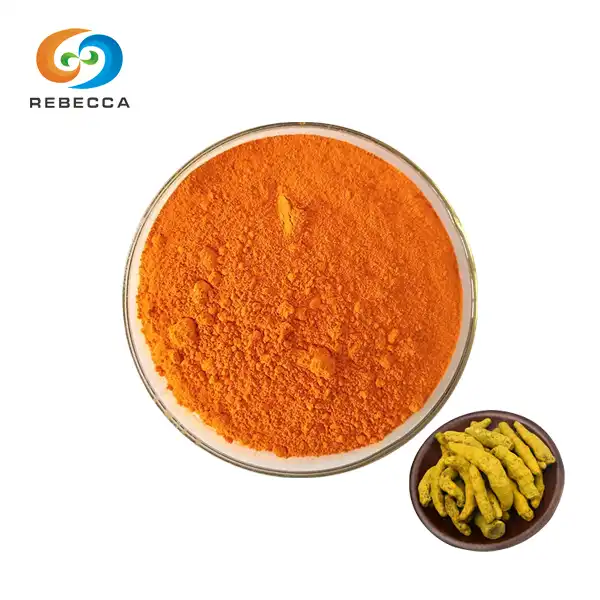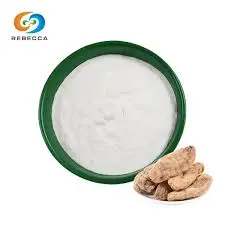Is capsicum oleoresin edible?
capsicum oleoresin 60% is a concentrated extract derived from chili peppers that packs quite a punch. As interest grows in natural food additives and flavorings, many wonder about the edibility and applications of this fiery substance. This article will explore the safety, uses, and potential benefits of capsicum oleoresin, with a focus on the 60% concentration commonly used in food products.
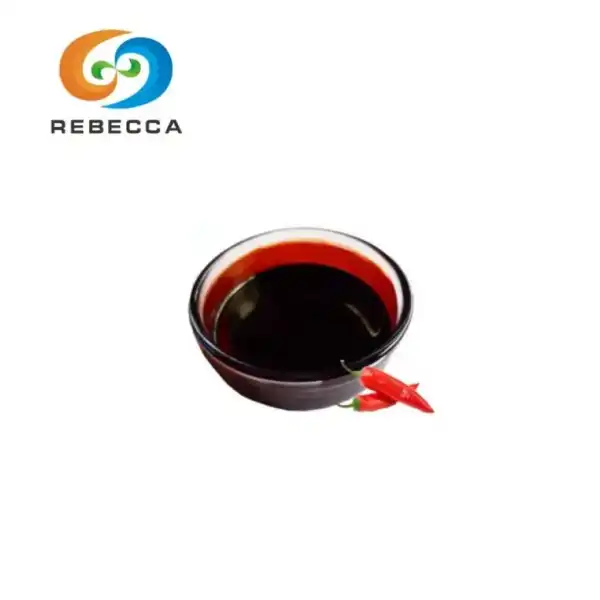
Product Name:Capsicum Oleoresin 60%
Botanical Source: Capsicum annuum L.
Other Name:Capsicum Extract Oleoresin,Pepper extract,Capsicum Extract,Chili pepper,Capsicum P.E. , , Capsicum Oleoresin 60%
Active ingredients:Capsaicin, Dihydrocapsaicin etc.
Specification: 60%
Appearance: Dark red oily liquid
Test Method: HPLC
Solubility: Soluble in acetone, chloroform, n-hexane, cooking oil. Partially soluble in ethanol, insoluble in water.
CAS No.: 8023-77-6
MOQ: 1kg
Sample: 20g
Delivery: FedEx, DHL, Ship by air, Ship by sea.
Certifications: COA,MSDS
Edibility and Safety of Capsicum Oleoresin 60%
Capsicum oleoresin 60% is generally recognized as safe (GRAS) by the FDA for use as a food additive. However, its potency means it should be used judiciously and in very small amounts.
What Exactly is Capsicum Oleoresin?
Capsicum oleoresin is an oil-soluble extract derived from the fruits of Capsicum annuum L. and other related capsicum species. The “60%” designation refers to the standardized concentration of capsaicinoids within the extract, mainly capsaicin and dihydrocapsaicin, which are responsible for the characteristic pungency and heat of the product.
This potent, concentrated extract not only contains these active compounds but also captures the rich flavor and vibrant color inherent to chili peppers. Due to its balanced composition, capsicum oleoresin 60% is a highly versatile ingredient widely used across various industries, including food, pharmaceuticals, and cosmetics, to provide consistent potency, color, and flavor profiles in diverse applications.
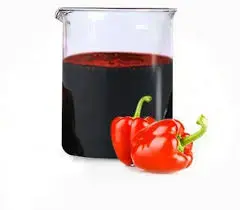
Safety Considerations
While capsicum oleoresin 60% is generally considered safe for consumption when used correctly, its highly potent nature demands cautious handling. Direct exposure or ingestion of the undiluted extract can cause severe burning sensations, skin and mucous membrane irritation, and other discomforts.
To prevent adverse effects, it is critical to dilute the oleoresin properly before incorporation into food products, topical creams, or other formulations. Workers involved in manufacturing or processing should use appropriate protective equipment and adhere to strict safety protocols to minimize risks. These precautions ensure safe use of the extract while maintaining its effectiveness and quality.
Regulatory Status
Capsicum oleoresin enjoys legal approval as a food additive in many countries worldwide, reflecting its established safety and efficacy when used properly. In the United States, it is recognized as generally safe (GRAS) and is exempt from certification as a color additive, allowing for easier incorporation into food products.
Similarly, in the European Union, capsicum oleoresin is classified under the food additive code E160c. These regulatory designations signify broad acceptance by food safety authorities, assuring consumers that products containing this natural extract meet strict quality and safety standards when used in compliance with relevant guidelines.
Common Uses of Capsicum Oleoresin 60% in Food Products
The potent heat and rich red color of capsicum oleoresin 60% make it a versatile ingredient in the food industry.
Flavoring Applications
Capsicum oleoresin enhances spiciness in a wide range of products:
- Hot sauces and condiments: Capsicum oleoresin 60% is widely used in hot sauces and various condiments to provide a consistent, intense heat and vibrant color. It enhances flavor complexity while delivering the signature spicy kick that consumers expect.
- Spicy snack foods: In spicy snack foods, capsicum oleoresin adds uniform pungency and a rich red hue. Its concentrated heat helps manufacturers control spiciness levels precisely, ensuring a satisfying and balanced flavor experience for snack lovers.
- Marinades and seasonings: Capsicum oleoresin is a popular ingredient in marinades and seasonings, offering a potent source of heat and color. It effectively infuses meats and vegetables with bold spiciness, enhancing overall taste and aroma profiles.
- Processed meats: Processed meats like sausages and cured products often incorporate capsicum oleoresin to boost flavor intensity and add appealing color. The extract helps create a distinctive spicy character while maintaining product consistency across batches.

Coloring Agent
The vibrant red hue of capsicum oleoresin adds visual appeal to:
- Beverages: Capsicum oleoresin is sometimes added to spicy beverages and health drinks to provide a warming sensation and enhance flavor complexity. It delivers a controlled heat without overpowering the overall taste experience.
- Confectionery: In confectionery products, capsicum oleoresin adds a unique spicy twist to chocolates and candies. Its concentrated heat and vibrant color help create bold, memorable treats that stand out in the marketplace.
- Dairy products: Capsicum oleoresin can be used in certain dairy products like spicy cheeses and flavored yogurts. It imparts a gentle heat and appealing color, enhancing sensory appeal while maintaining smooth texture and flavor balance.
- Processed meats: Processed meats such as sausages and deli meats incorporate capsicum oleoresin to boost flavor intensity and color. The extract contributes a consistent spicy profile, improving taste while ensuring uniformity across product batches.

Functional Ingredient
Beyond flavor and color, capsicum oleoresin offers functional benefits:
- Natural preservative properties
- Texture enhancement in certain applications
- Potential to mask off-flavors in fortified foods

Health Benefits and Risks of Capsicum Oleoresin 60%
The concentrated nature of capsicum oleoresin 60% amplifies both potential benefits and risks compared to whole chili peppers.
Potential Health Benefits
Research suggests capsaicin may offer various health effects:
- Pain relief (topical applications)
- Metabolism boost
- Appetite suppression
- Cardiovascular support
- Anti-inflammatory properties
Possible Risks and Side Effects
Caution is warranted due to capsicum oleoresin's potency:
- Gastrointestinal irritation
- Skin and eye irritation (if mishandled)
- Potential interactions with certain medications
- Allergic reactions in sensitive individuals
Moderation is Key
While capsicum oleoresin 60% can be safely included as part of a healthy diet when used correctly and in appropriate amounts, it is important to avoid direct consumption of the concentrated extract or excessive intake. Due to its high potency and intense pungency, undiluted or large quantities can cause irritation, discomfort, or adverse reactions.
To ensure safety, always adhere strictly to the recommended usage guidelines provided by manufacturers or regulatory authorities. If you have any underlying health conditions, allergies, or concerns about incorporating capsicum oleoresin into your diet or supplements, it is advisable to consult a healthcare professional before use. Responsible usage helps maximize benefits while minimizing potential risks.
Conclusion
Capsicum oleoresin 60% is indeed edible and widely used in the food industry. Its potent heat, vibrant color, and potential functional benefits make it a valuable ingredient. However, its concentrated nature demands respect and careful handling. When used properly in food applications, capsicum oleoresin can enhance flavors and potentially offer health benefits.
As with any potent ingredient, moderation and adherence to regulatory guidelines are crucial. For more information on capsicum oleoresin 60% and other natural extracts, please contact us at information@sxrebecca.com. Our team of experts is ready to assist you with any questions about sourcing, applications, or technical specifications.
References
1. Johnson, W. (2007). "Final report on the safety assessment of capsicum annuum extract, capsicum annuum fruit extract, capsicum annuum resin, capsicum annuum fruit powder, capsicum frutescens fruit, capsicum frutescens fruit extract, capsicum frutescens resin, and capsaicin". International Journal of Toxicology, 26 Suppl 1:3-106.
2. Luo, X.J., Peng, J., Li, Y.J. (2011). "Recent advances in the study on capsaicinoids and capsinoids". European Journal of Pharmacology, 650(1):1-7.
3. Reyes-Escogido, M.L., Gonzalez-Mondragon, E.G., Vazquez-Tzompantzi, E. (2011). "Chemical and pharmacological aspects of capsaicin". Molecules, 16(2):1253-1270.
4. Suresh, D., Srinivasan, K. (2010). "Tissue distribution & elimination of capsaicin, piperine & curcumin following oral intake in rats". Indian Journal of Medical Research, 131:682-691.
5. Whiting, S., Derbyshire, E., Tiwari, B.K. (2012). "Capsaicinoids and capsinoids. A potential role for weight management? A systematic review of the evidence". Appetite, 59(2):341-348.
_1730691017423.webp)

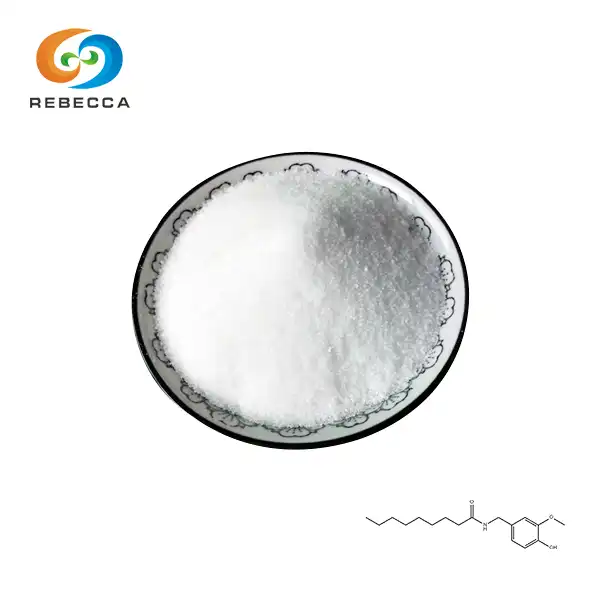
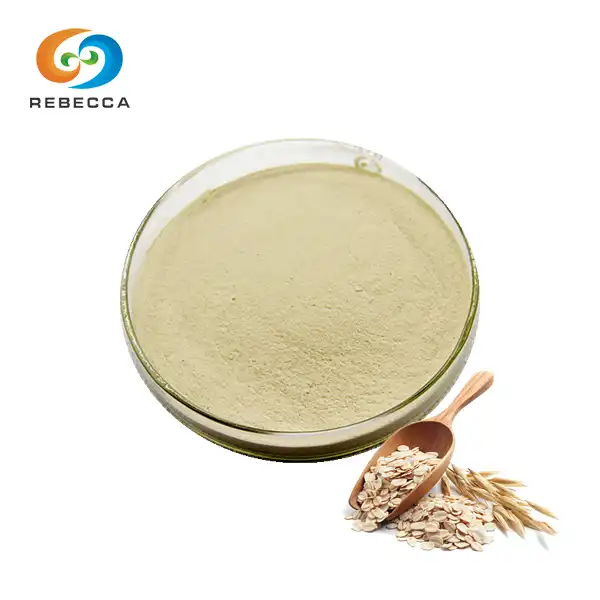
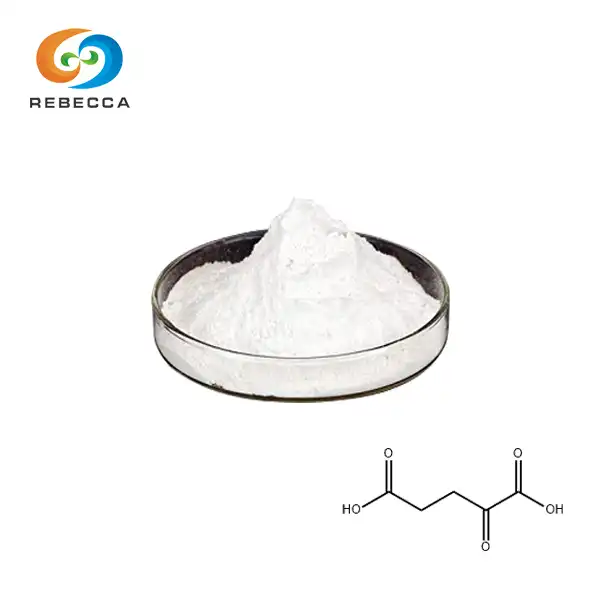
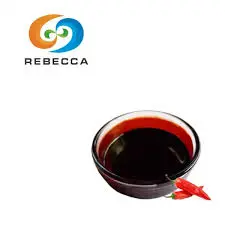






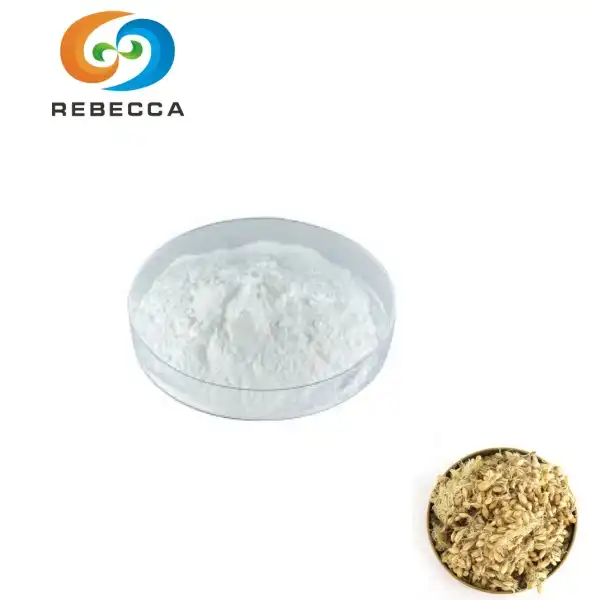
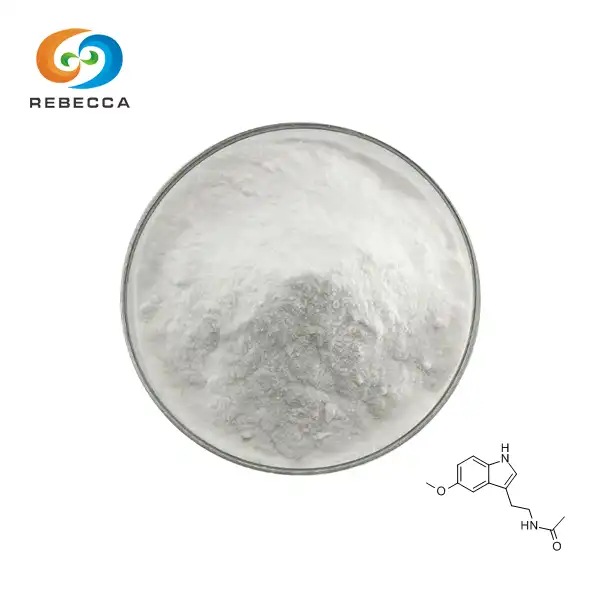
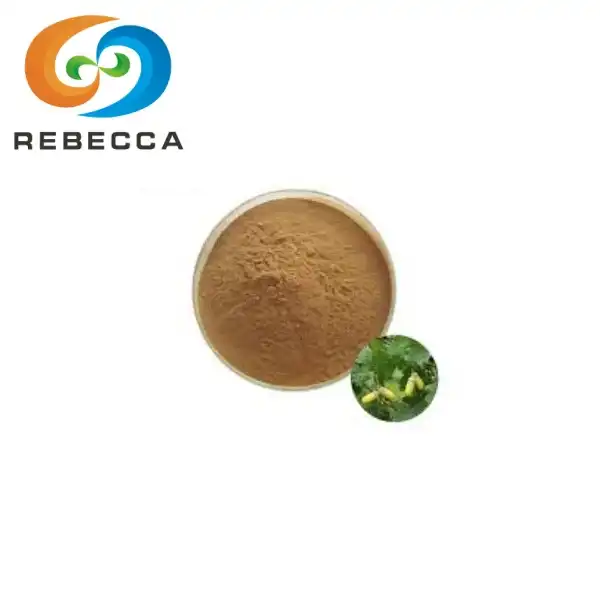

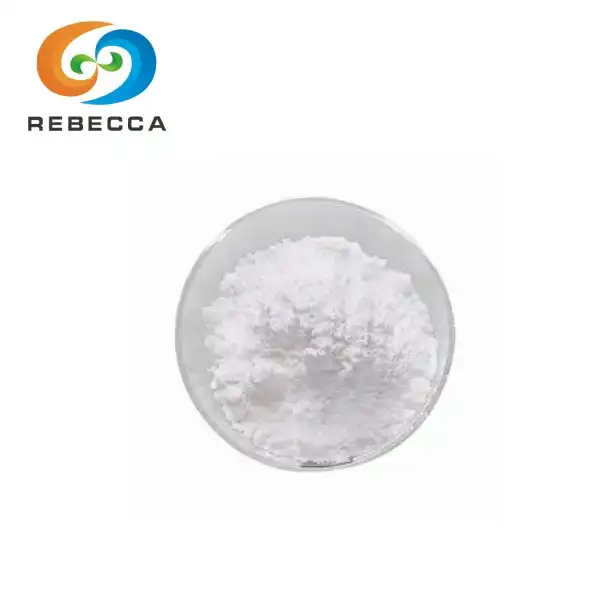
_1732783619322.webp)
